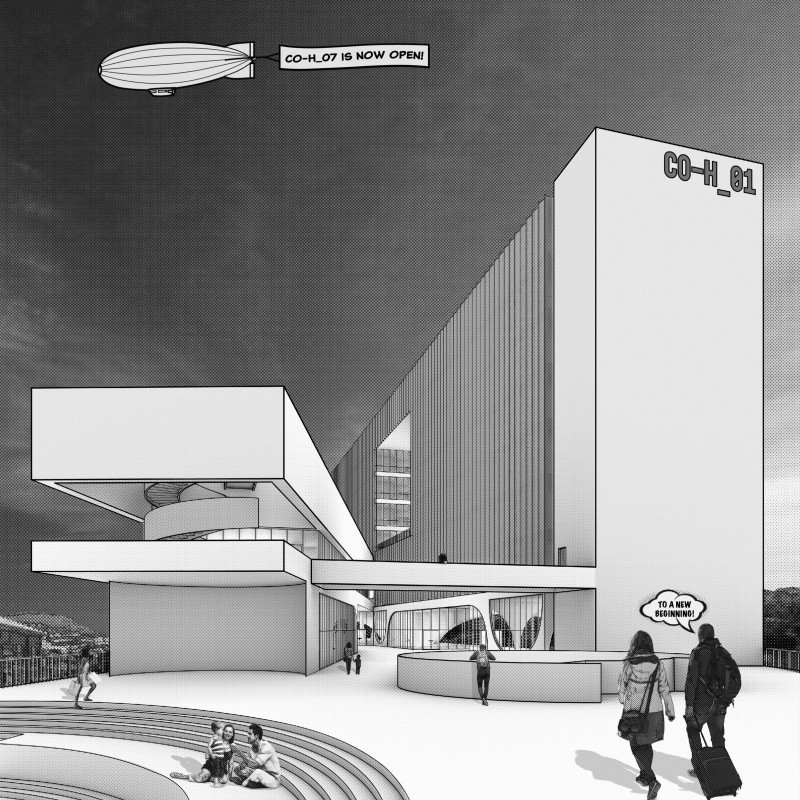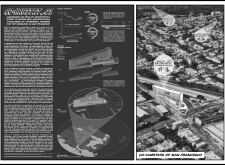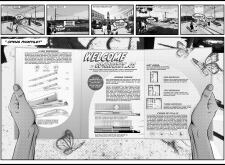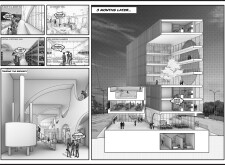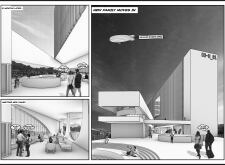5 key facts about this project
The architectural design of Co-Habitat 01 encompasses multiple unit configurations, facilitating adaptability for different family sizes and living situations. This flexibility is a critical feature, ensuring the units can meet the evolving needs of residents. The project incorporates significant communal areas such as kitchens, lounges, and wellness spaces, promoting engagement among inhabitants and fostering a supportive community atmosphere. By integrating these functions, Co-Habitat 01 positions itself not merely as a housing solution but as a holistic living environment.
Innovative Design Approaches
Co-Habitat 01 distinguishes itself through several unique architectural features, notably its emphasis on communal living and collaboration among residents. Unlike traditional housing projects, this design integrates a brewery component that serves both a practical function and as a catalyst for job training. This approach not only addresses housing but also empowers residents by offering skill development opportunities that enhance employability.
Materiality also plays a vital role in the project’s distinctive approach. The use of reinforced concrete provides structural integrity while large glass facades enhance natural light and connectivity to the surrounding environment. The incorporation of wood panels in interior spaces adds warmth, promoting a cozy environment conducive to community interaction. The project emphasizes sustainability through the selection of environmentally friendly materials and the inclusion of green roofs, which contribute to energy efficiency and biodiversity in urban settings.
Community Integration and Adaptability
Co-Habitat 01 addresses the pressing need for affordable housing while actively promoting social interaction through its design. The layout encourages community engagement with spaces dedicated to shared activities and support networks. Each unit is designed to maximize efficiency without sacrificing comfort, demonstrating a thoughtful consideration of the residents' needs.
The adaptability of the housing units allows for reconfiguration based on individual family dynamics, reflecting an understanding of the fluctuating nature of urban living. This design philosophy underscores the project’s intent to provide not just shelter but a sustainable living environment that can respond to the changing needs of the community.
For further details on the architectural plans and sections that illustrate the design's functionality and layout, interested individuals are encouraged to explore the project presentation. This resource will offer deeper insights into the architectural designs and ideas that have shaped Co-Habitat 01, enhancing understanding of its innovative approach to contemporary urban challenges.


